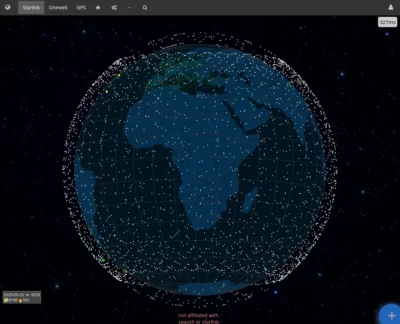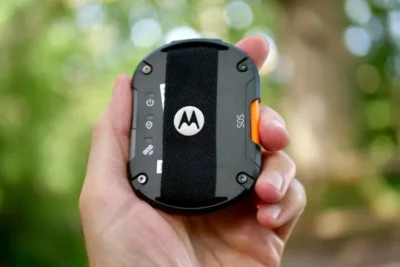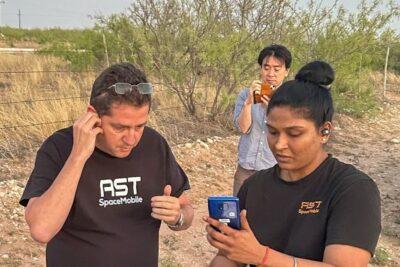Qualcomm and Iridium’s satellite link-up deal not going ahead as smartphone makers are not buying it

According to Iridium, the companies developed and demonstrated the technology, but it appears that smartphone makers have not implemented the feature in their Snapdragon-based devices. Iridium said Qualcomm therefore notified it on November 3 of the decision to terminate things, effective December 3.
Qualcomm told The Register: “Smartphone OEMs have indicated a preference towards standards-based solutions for satellite connectivity in mobile devices. We expect to continue to collaborate with Iridium on standards-based solutions, while discontinuing efforts on the proprietary solution that was introduced earlier this year (2023).
It could partly be due to pretty expensive rates that would be charged by Iridium, or the developments around just placing normal cell tower radios on low orbiting satellites (like the recent post about Starlink’s tests). It looks more like the leaning is towards unmodified cellphones being able to be used.
A good reason for this is open competition, as the device is not locked into a specific chipmaker or satellite service. Competition means more choices (no vendor lock-in) and lower costs.
For consumers, it means there is a chance too that existing phones can be used without expensive (and exclusive) upgrades being required.
See https://www.theregister.com/2023/11/10/qualcomm_cancels_iridium_partnership/
#Blog, #satellitecomms, #technology


